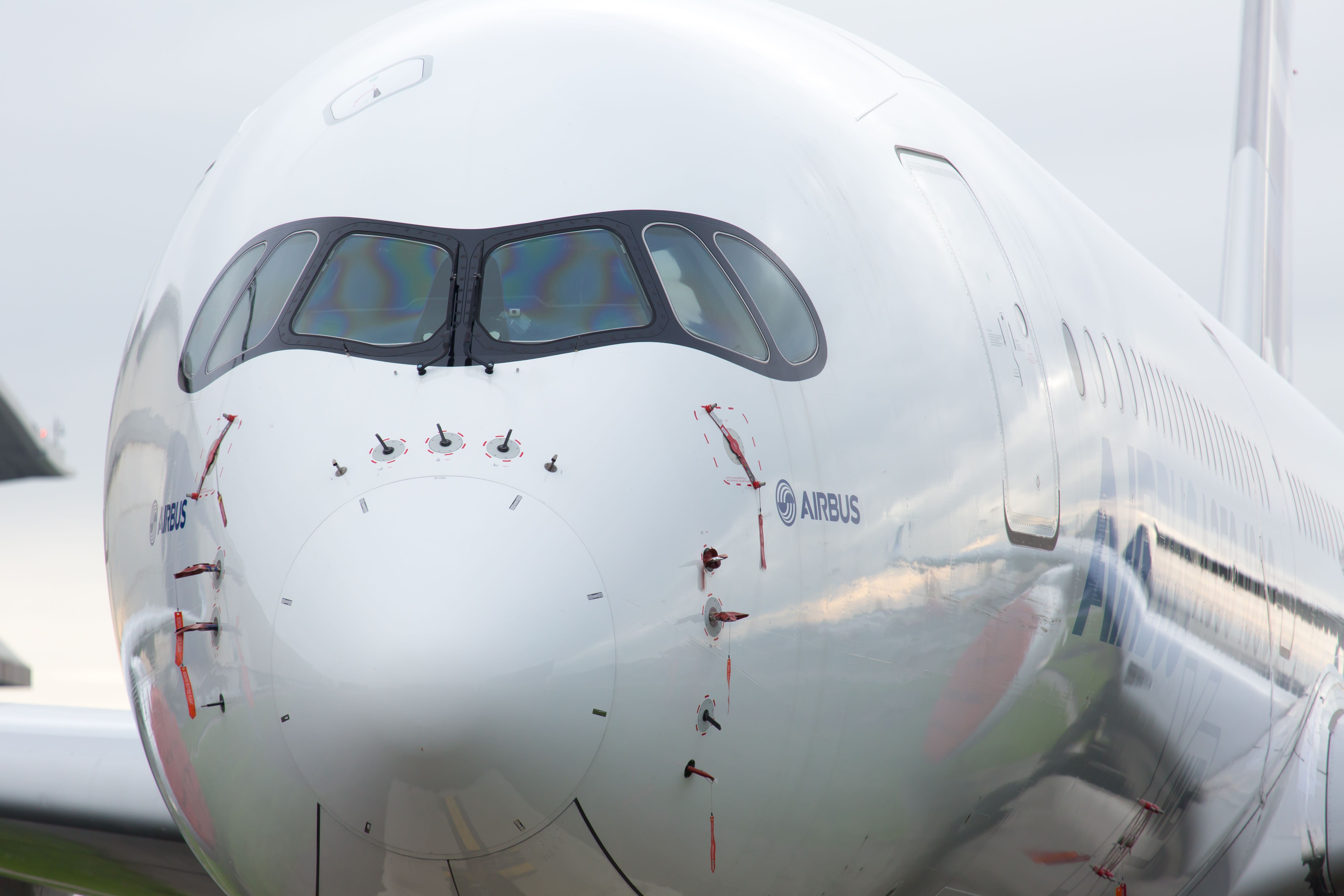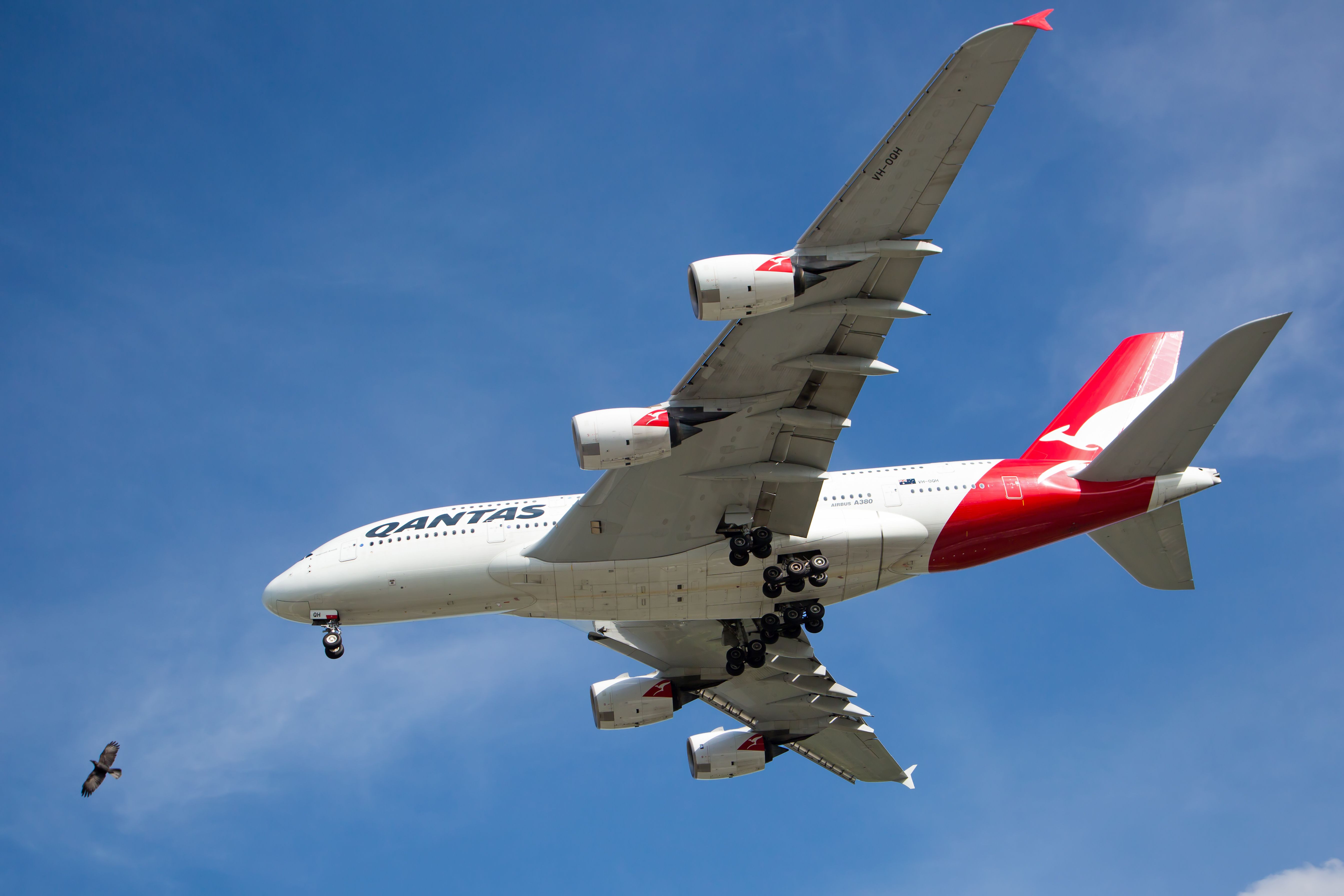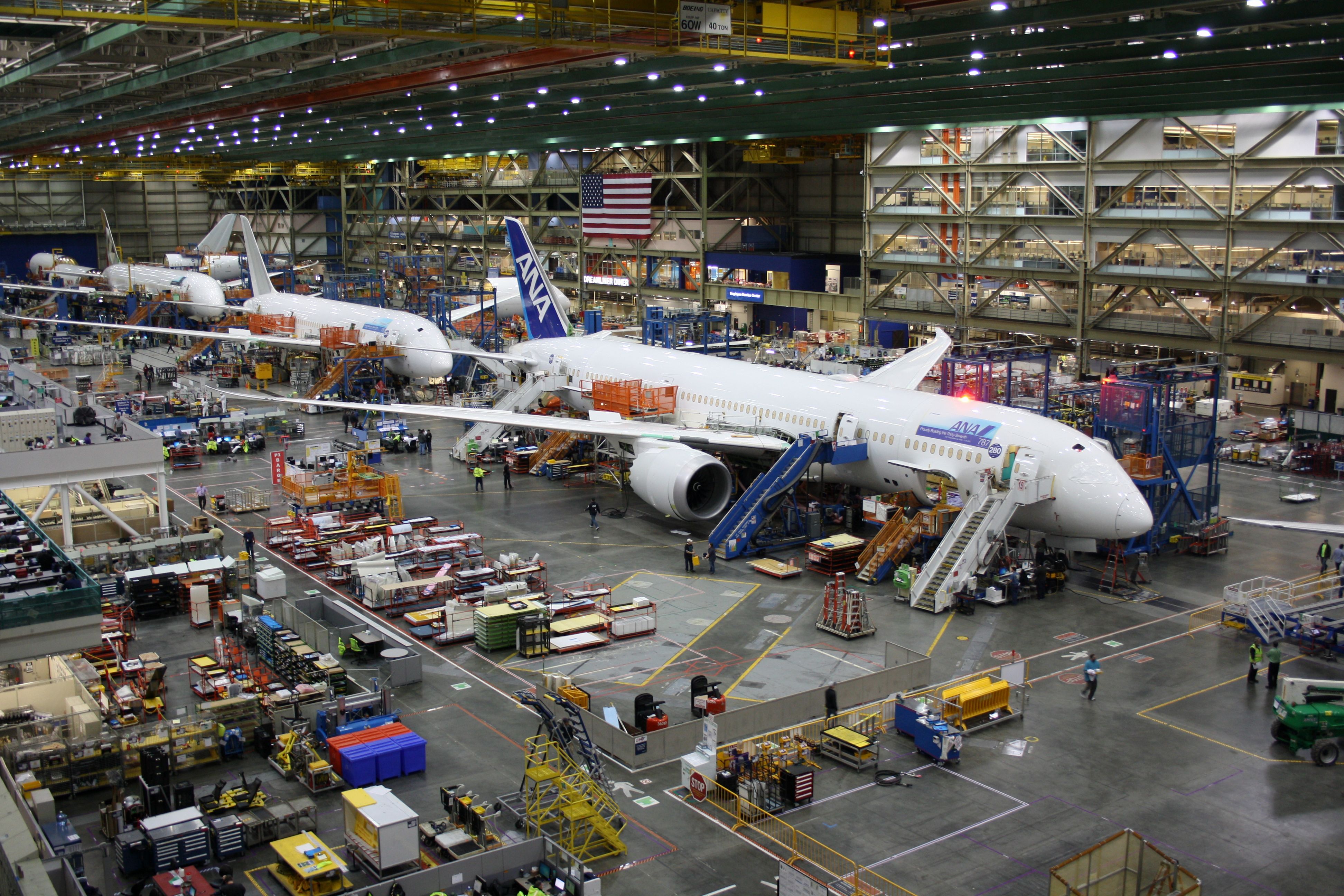Composite materials are playing an increasingly important role in the manufacturing of modern airliners. These light compounds are advantageous when it comes to saving weight, thus improving the aircraft's efficiency. But which models make use of them?
What are composite materials?
Let's begin by establishing what exactly makes something a composite material. Simply put, the term refers to newly formed materials that are created by synthesizing two existing materials. The advantage of this is that it can enable the new compound to take on properties that the individual materials would not otherwise display on their own.
The structures of the materials in question are not mixed but are rather combined to reinforce one another while remaining two separate entities. For example, aircraft composites consist of layered combinations of carbon fiber or Kevlar and plastic resin. Such materials have been used in aircraft manufacturing for years.
Indeed, models that are now considered relatively old, such as the Boeing 777 and Airbus A380, used composite materials on a small scale.
More recently, Irkut has developed composite wings for its MC-21. However, certain jets see a much wider usage of composites.
Get the latest aviation news straight to your inbox: Sign up for our newsletters today.
Boeing 787
The primary advantage of composite materials is the weight that they save compared to traditional structures. When used widely in the context of an entire aircraft, this can make a big difference to its weight and, therefore, its efficiency levels and operating costs.
The first airliner to benefit from having an airframe that consisted primarily of composite materials was the Boeing 787 Dreamliner family. These structures helped it achieve a 20% increase in fuel efficiency compared to its predecessor, the Boeing 767 series.
Of course, there were safety implications that had to be considered regarding the 787's fuselage design. Fears of toxic fumes in the event of a fire due to a crash landing became a concern, although the structure was ultimately found to be no more toxic than typical airframes.
The crashworthiness of the 787's composite fuselage also offers the same survival chances as a metal structure. Boeing has produced over 1,000 787s to date.
Get all the latest aviation news right here on Simple Flying
Airbus A350
Having been designed to compete with the Boeing 787, it is no surprise to see that the Airbus A350 also makes extensive use of composite materials. The initial design was essentially a re-engined A330 and only featured such structures in the wings. However, a lack of interest prompted Airbus to redesign the A350 as a clean-sheet widebody aircraft,
Airbus confirmed the use of a composite fuselage in 2007, despite having reportedly previously described Boeing's use of such materials on the 787 as premature. According to Pilot Mall, almost half the aircraft features such materials, which come in the form of carbon fiber reinforced plastic (CFRP). The airframe also features non-composite aluminum strips. This is a preventative measure to ensure continuity in the event of a lightning strike.
The future
The deployment of composites will continue and expand in this next chapter of aviation. After all, there are significant benefits to be had. The likes of the 787 and A350 have witnessed a reduction in net fuel burn and minimized maintenance costs thanks to these innovative materials.
Looking ahead, upcoming aircraft such as the Boeing 777X will rely on composites. Notably, the highly-anticipated twinjet's massive wings will be made up of a much higher percentage of carbon fiber composites than its predecessors. Boeing touts that there will be higher durability and impressive flex while under pressure with this move.
Thus, composite materials will remain a mainstay in commercial aviation. While they're nothing new in the industry, with the likes of the A320 even using parts made from them, they're increasing their presence throughout the production line.
Did you know that certain airliners used composite materials? Have you ever flown on such a plane? Let us know your thoughts and experiences in the comments.
Source: Pilot Mall



